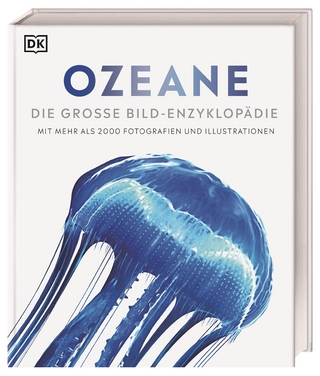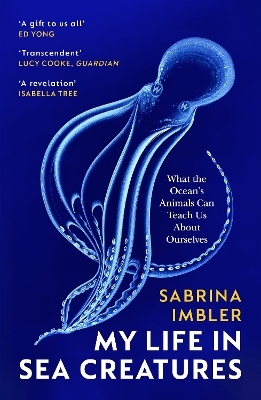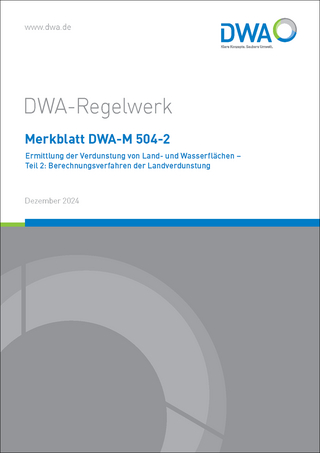
Dynamic Response of Coasts and Estuaries to Human Impacts
Springer International Publishing (Verlag)
978-3-031-63299-0 (ISBN)
The coasts cover a diverse range of ecosystems within marine, estuarine, and freshwater environments. They are some of the most heavily populated and visited areas and are also some of the most threatened natural habitats. Coastal zones are critically important not only to the people who live there but for the health of the planet. Many world estuaries and coast environments are under tremendous stress in response to global warming and the increased anthropogenic forcing. Warmer waters, rising sea levels, tropical cyclones, storm surges and flooding, and coastal erosion are just some of the elements impacting coastal communities worldwide and transforming these environments. Coastal hazards such as storm events with associated storm surges are increasing in frequency and intensity, as are marine heatwaves that devastate coral reefs. Human activities like sewage discharge, overfishing, navigation channel dredging, land reclamation, the construction of shipping ports and marine plastics are also responsible for coastal pollution and degradation.
Therefore, a good understanding of the current state of coastal environments and lessons learnt from these human influences is extremely valuable to restore and protect these habitats and ecosystems from further environmental degradation and even catastrophe. In this book, case studies are used to tell a story about how these environments respond to severe human-induced perturbations, and what has gone right and wrong from environmental and resource management point of view. The readership of the book include high level undergraduate Oceanography students and workers from Coastal Engineering and Management.
Professor Xiao Hua Wang graduated from Ocean University of China, and holds a PhD in Physical Oceanography from James Cook University in Australia. He is the Co-leader of the Sino-Australian Research Consortium for Coastal Management (SARCCM), University of New South Wales (UNSW), Australia, and an associate editor for Estuarine, Coastal and Shelf Science (IF= 3.229Q1) and Limnology and Oceanography: Methods (2.634 Q1), respectively. He was the Director of International Student Recruitment and Exchange (2018-2020), UNSW Canberra, and the Founding Director of the Sino-Australian Research Centre for Coastal Management (SARCCM, 2010-2020), UNSW. He has over 30 years experience in both undergraduate teaching and postgraduate supervision. His research concerns observing (including satellite remote sensing) and modelling of coastal oceans, sediment transport dynamics, and understanding of coastal management issues impacted by anthropogenic drivers and climate change. He has over 160 publications including eminent international peer-reviewed journal papers, book chapters and one book. His publication rate is 14.6 journal papers per year over the last five years (2017-2021), 90% of which belong to 1st quartile SJR Journals. His SciVal indexed research outputs in this period are ranked the highest among top international peers in the field. Google Scholar consistently ranks him in top 15 researchers in 'coastal oceanography', 'sediment dynamics' and 'coastal management'. His work has been funded by a variety sources including the Australia Research Council and the EU Framework. He has been awarded a total of 11 competitive grants in the last five years (2017-2021) with a total cash income of $1.82M (including co-lead CI for an industry grant of $1.25M). In 2010, he initiated and established the Sino-Australian Research Centre for Coastal Management, a UNSW-led Research Centre with multidisciplinary and multi-faculty reach. he directed the Centre until 2020. In 2020, SARCCM evolved to become the Sino-Australian Research Consortium for Coastal Management. It works closely with the Ocean University of China in collaborative research on oceanography and coastal management, with a particular foci on research and research training in observing and modelling hydrodynamics, sediment transport and biochemical processes in coastal environments (bays, harbours, estuaries and their adjacent shelf waters). An emerging capability is in research higher degree training in environmental management that combines human and biophysical research insights into actionable knowledge. He currently co-leads the Consortium, which comprises a strong team of 18 researchers from UNSW (including 4 Professors and 4 Associate Professors), its collaborating organizations (including USYD, USQ, UoW and the Ocean University of China - OUC) and industry partners (including the Bureau of Metrology and Marina Industry Association), as well as 2 externally funded postdoctoral fellows and 13 HDR students. This has enabled a wide range of excellent fundamental and applied research, including multidisciplinary projects on coastal science and management involving several fields. Research outcomes advanced by the Consortium span environments including Sydney and Gold Coast beaches, Shoalwater Bay, Jervis Bay, Batemans Bay and Darwin Harbour (Australia), the Po River and Adriatic Sea (Italy), Yellow and East China Seas (China), Yellow River and the Yangtze River estuaries, Jiaozhou Bay (China), Youngsan River estuary and the Mokpo Coastal Zone (South Korea); alongside legal frameworks of environmental protection in Australia and China. Prof Wang has well-developed national and international networks, including longstanding collaborations with Professors George Mellor (Princeton University), Eric Wolanski (JCU) and Peter Steinberg (SIMS/UNSW), who have also been outstanding research and strategic mentors. He has been inv
Introduction.- Tidal flat reclamation.- Conclusions.
| Erscheinungsdatum | 27.07.2024 |
|---|---|
| Reihe/Serie | Coastal Research Library |
| Zusatzinfo | VII, 118 p. 47 illus., 43 illus. in color. |
| Verlagsort | Cham |
| Sprache | englisch |
| Maße | 155 x 235 mm |
| Themenwelt | Naturwissenschaften ► Geowissenschaften ► Hydrologie / Ozeanografie |
| Schlagworte | antrhopogenic forcing • channel and marine dredging • coast • Coastal engineering • Coastal Geomorphology • Coastal Management • Estuaries • estuary • Land reclamation • ocean modelling • Oceanography • Physical Oceanography • ports and harbours • Sediment dynamics |
| ISBN-10 | 3-031-63299-0 / 3031632990 |
| ISBN-13 | 978-3-031-63299-0 / 9783031632990 |
| Zustand | Neuware |
| Informationen gemäß Produktsicherheitsverordnung (GPSR) | |
| Haben Sie eine Frage zum Produkt? |
aus dem Bereich


